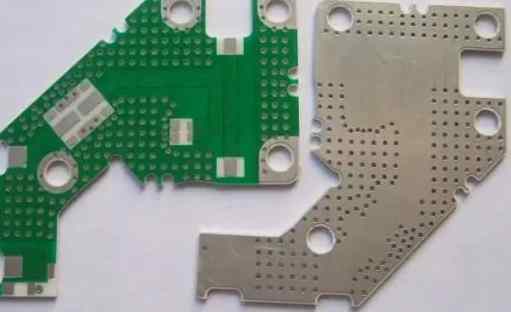Introduction
PORON 4701-40 is a polyurethane foam that offers excellent compression set properties, good impact absorption, and high resilience. It is commonly used in gaskets, seals, and cushioning applications where its unique properties provide enhanced performance and durability. In this article, we will take a closer look at PORON 4701-40, including its key characteristics, manufacturing process, and typical applications.
Key Properties
PORON 4701-40 has the following notable properties:
- Density: 0.55 g/cc
- Hardness: 40 Shore 00
- Compression Set: 20% max
- Tensile Strength: 55 psi
- Elongation: 180%
- Tear Strength: 16 ppi
- Resilience: 41%
The density and hardness specifications make PORON 4701-40 a medium soft foam with good flexibility. The high elongation and tear strength allow it to withstand repeated compression and stretching without damage. The low compression set means the foam will retain its original thickness after being compressed.
Manufacturing Process

PORON 4701-40 is made through an open-cell polyurethane foam manufacturing process. The key steps are:
- Polyol Blend – Polyols, catalysts, surfactants, and other additives are blended together. This forms the liquid component.
- Isocyanate – Methylene diphenyl diisocyanate (MDI) is the main isocyanate component.
- Foam Reaction – The polyol blend and isocyanate are mixed together, causing an exothermic reaction that generates carbon dioxide gas. This gas expands and forms the foam structure.
- Curing – The foam cures at room temperature into a flexible, open-cell material.
Controlling the ingredients, their ratios, and the processing parameters allows the density, cell structure, and mechanical properties to be tuned to the 40 Shore 00 grade.
Applications
The excellent cushioning, sealing, and vibration dampening qualities of PORON 4701-40 make it suitable for:
- Gaskets and seals for electronics, appliances, automotive, aerospace, and industrial uses
- Cushioning pads for equipment cases, athletic gear, and packaging
- Acoustic and vibration dampening mounts and isolation components
- Healthcare mattress and pillow topper layers
- Footwear inserts and insoles
PORON’s open-cell structure allows air to pass through, making it a good filter foam as well. The material can be die cut into various gasket shapes, laminated with adhesives, and formed into complex cushioning profiles.
Frequently Asked Questions
What temperature range can PORON 4701-40 withstand?
PORON 4701-40 can reliably withstand temperatures from -40°F to 200°F long-term. For short term exposures, it can survive temperatures up to 250°F.
Does PORON 4701-40 require any special care or maintenance?
PORON requires no special care. It can be wiped clean with soap and water if needed. Avoid solvents that could degrade the foam.
Can PORON 4701-40 be die cut into gaskets and seals?
Yes, PORON can be precisely die cut using steel rule dies, laser, waterjet, or CNC cutting. This allows creating custom gasket shapes.
Is PORON 4701-40 fire retardant?
PORON 4701-40 is inherently fire retardant meeting FMVSS 302 flammability standards for automotive use. Additional fire retardant formulations are also available.
Does PORON have FDA or NSF approvals?
Yes, several PORON formulations meet FDA and NSF requirements for food contact and medical device use. Check with Rogers Corp. for specific grades that have applicable certifications.

Leave a Reply